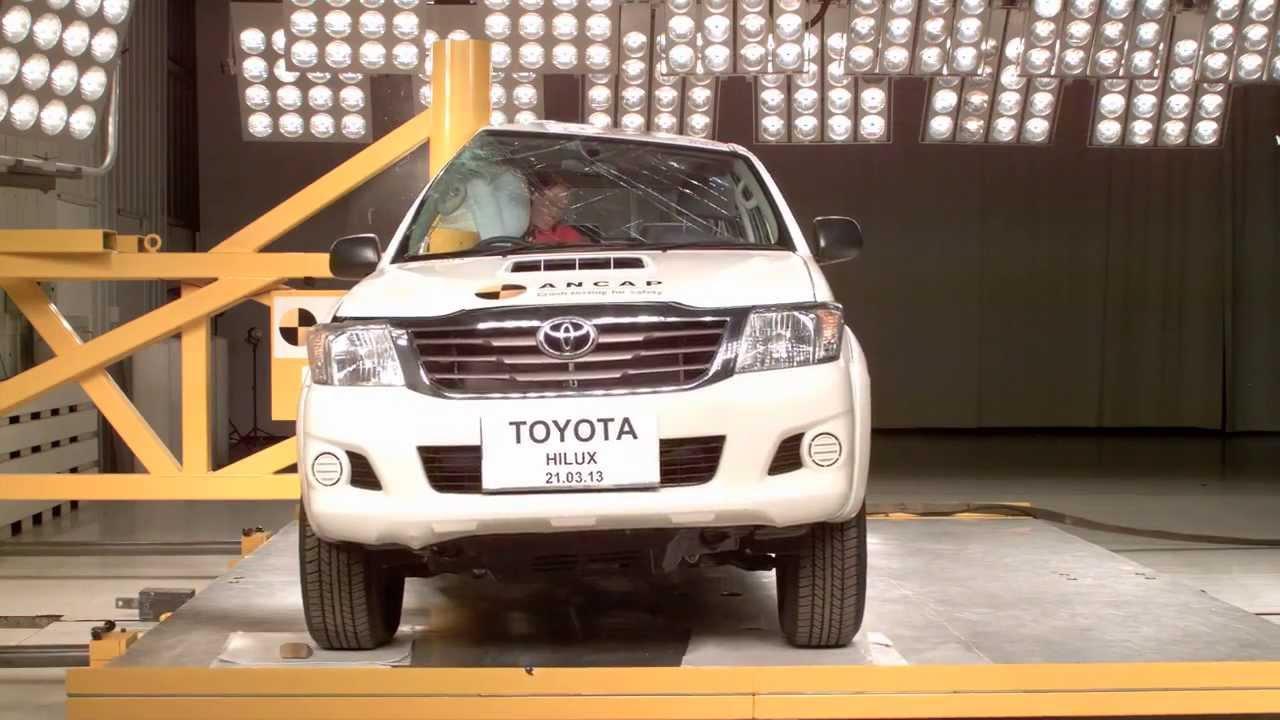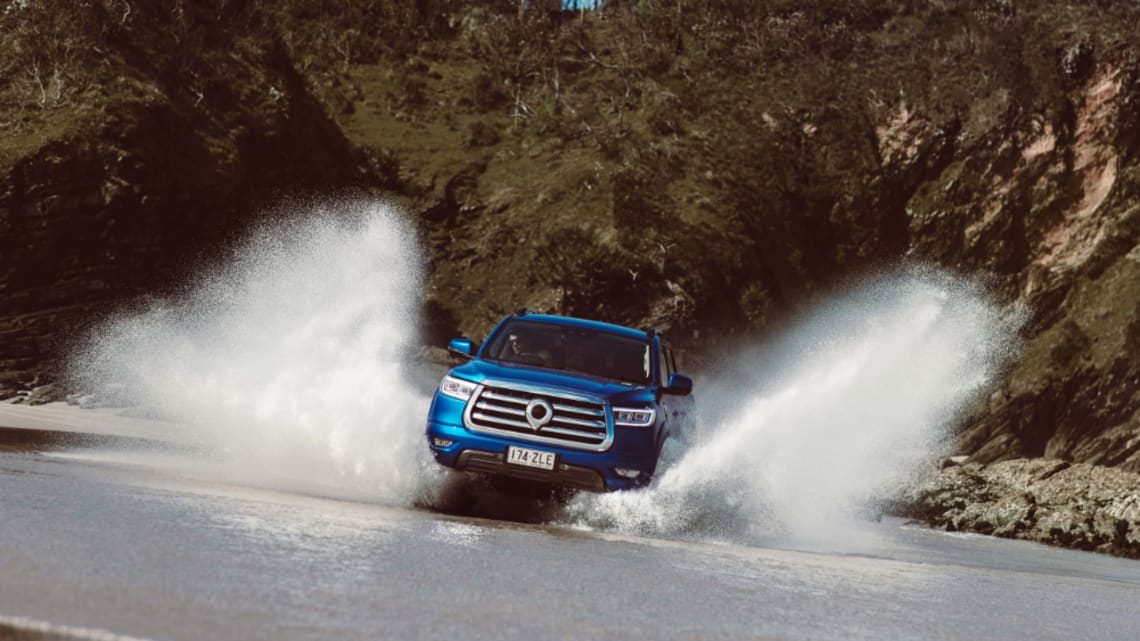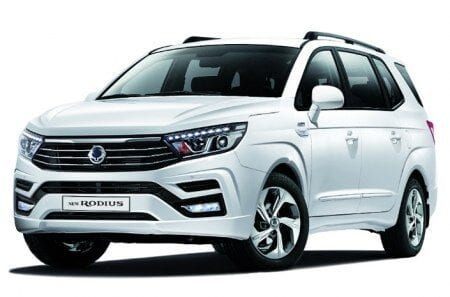
You're Wrong About Chinese Cars: Why Your Next Diesel Double Cab Might Not Be A Toyota HiLux Or A Ford Ranger | Opinion

The Chinese Utes are here to stay and get better with every generation.
Of all the stories we create here in Cars Guide, few people inspire our readers more than the story of an approaching Chinese car that threatens to steal the crown from a Toyota HiLux or a Ford Ranger.
I don’t really understand why, to be honest, but write something about Great Wall or LDV and readers will inevitably start yelling (or at least typing, probably in capital letters) that they are inferior, untested and unlikely to withstand the harshness of Australian life .
That few of the commentators have actually ridden it seems to be irrelevant. Their minds are made up and that's it.
And to be honest, there was a time - and it wasn't that long ago - that we probably would have agreed with them. But the gap that Chinese ute brands have closed lately is nothing short of a stunner.
Are they currently the best in Australia? Probably no. In many ways, that crown still goes to the Australian-designed Ford Ranger Raptor or the recently redesigned Toyota HiLux. Cars like the Isuzu D-Max (and its Mazda BT-50 twin), the powerful VW Amarok, or the locally tuned and tested Navara Warrior are also the subject of much talk.
But to see where Chinese ute brands are going, you only need to look at where they came from and how little time it took them to get to where they are today.
Let's take the GWM Cannon as an example. Or, more importantly, its predecessor Great Wall Steed, which appeared in Australia in 2016.
It was, and it cannot be delicately expressed, unfinished. For starters, it had an embarrassing two-star ANCAP safety rating, as well as an extraordinary 2.0kW, 110Nm 310-litre turbodiesel engine.
It could only tow two tons, carry only 750 kg, and offered few amenities.
To put this into perspective, Ford confirmed the Ranger Raptor in 2017 and launched it in February 2018, and to say that these two utes were chalk and cheese is a huge understatement, though to be fair, they also ran at vastly different price points. categories.
But then look at the new Great Wall offering, Cannon, which debuted in 2021. The brand was lagging behind and they knew it. What's staggering is how quickly they caught up.
Its turbodiesel now produces 120kW and 400Nm, which are channeled through an eight-speed ZF automatic transmission. It can tow three tons, carry over a ton, and offers all the advanced safety equipment and technology you can expect.
It doesn't look out of place with the rest of the Australian ute models, and it's light years away from the Steed. And Great Wall did it all in a few years.
Hell, soon it will be Chinese too, just in name. The company bought Holden's old factory in Thailand, where your Ford Ranger is from, along with many others.
Or take LDV, which will soon launch Australia's most powerful four-cylinder diesel engine for the new T60, and has also invested in local suspension tuning.
The updated T60 will be powered by a new 2.0-liter twin-turbocharged diesel four-cylinder engine that puts out a healthy 160kW and 480Nm, which is more than the HiLux and Ranger, though less than those 500Nm of torque models.
I am not writing this to suggest that Chinese made ute is where you should put your hard earned money. Our ute market is fiercely competitive and your options are endless.
I'm just saying that if Chinese brands can be expected to make such leaps every five years or so, then their next offerings are bound to be attractive and will surely compete for your interest.
Is it really so hard to believe that your next diesel double cab car could be Chinese?
